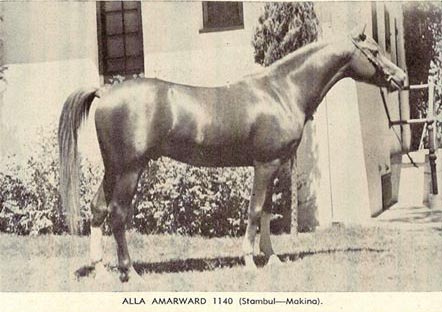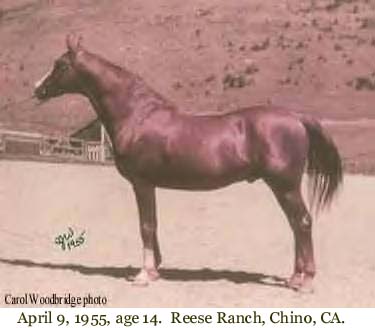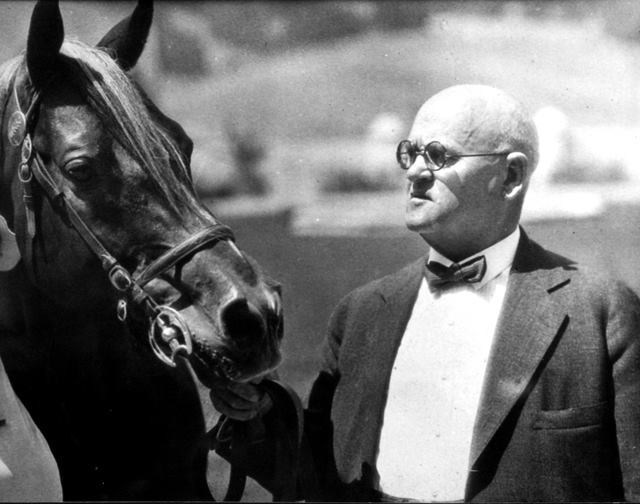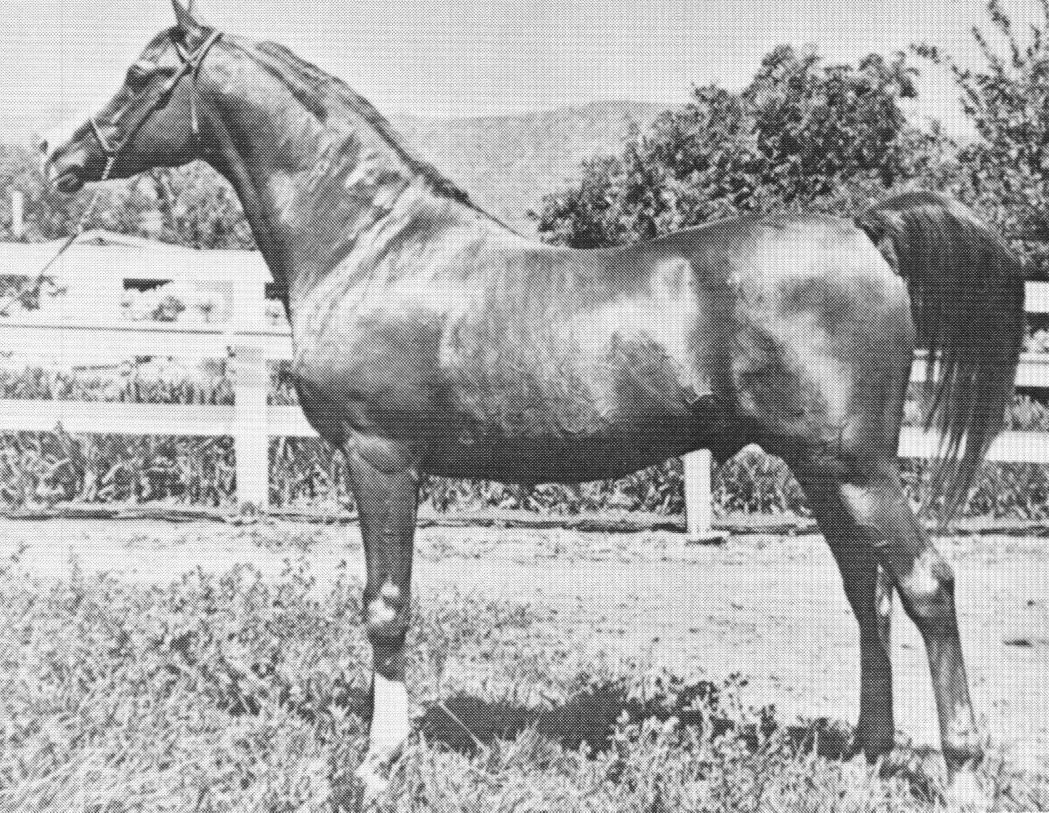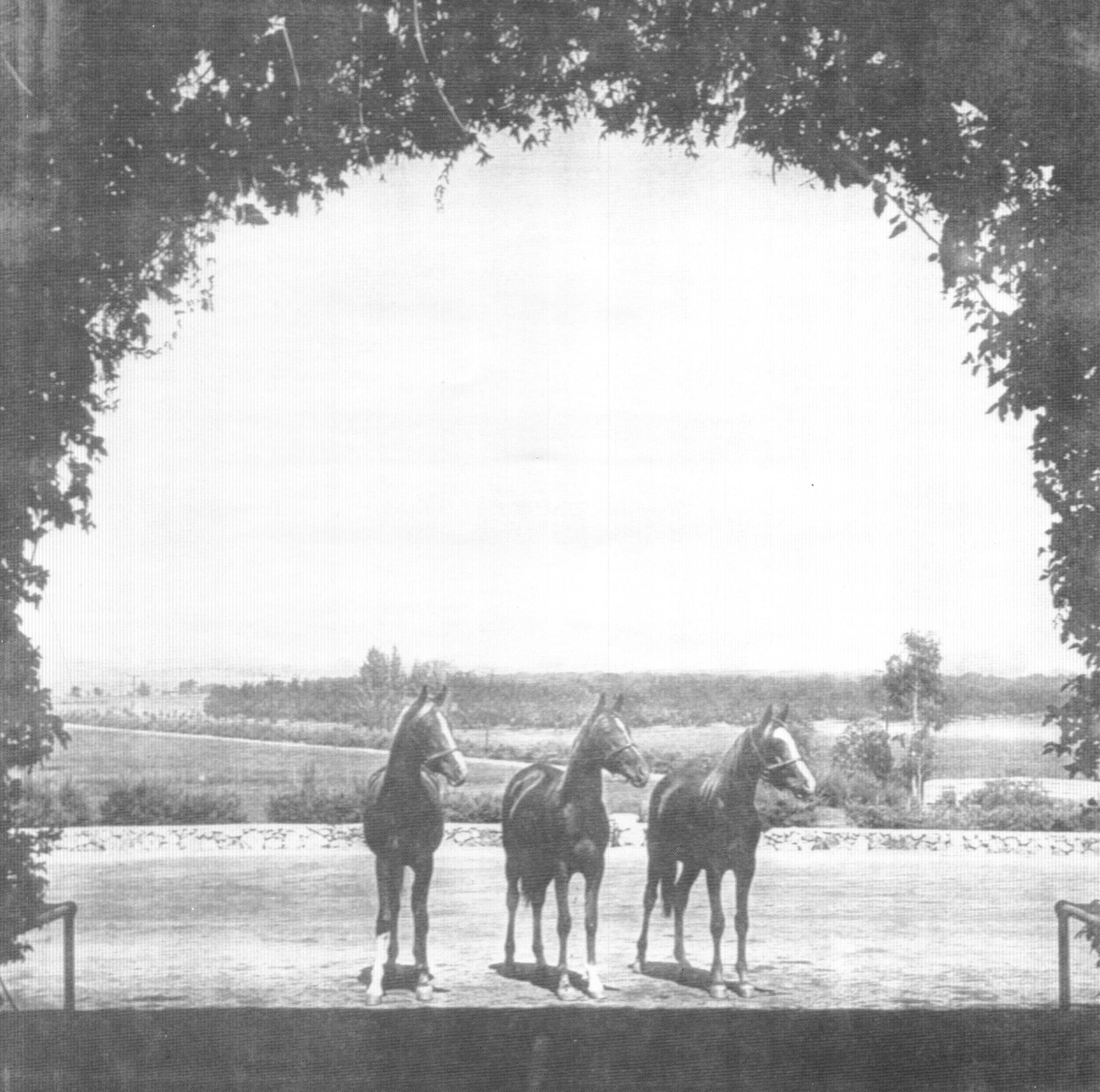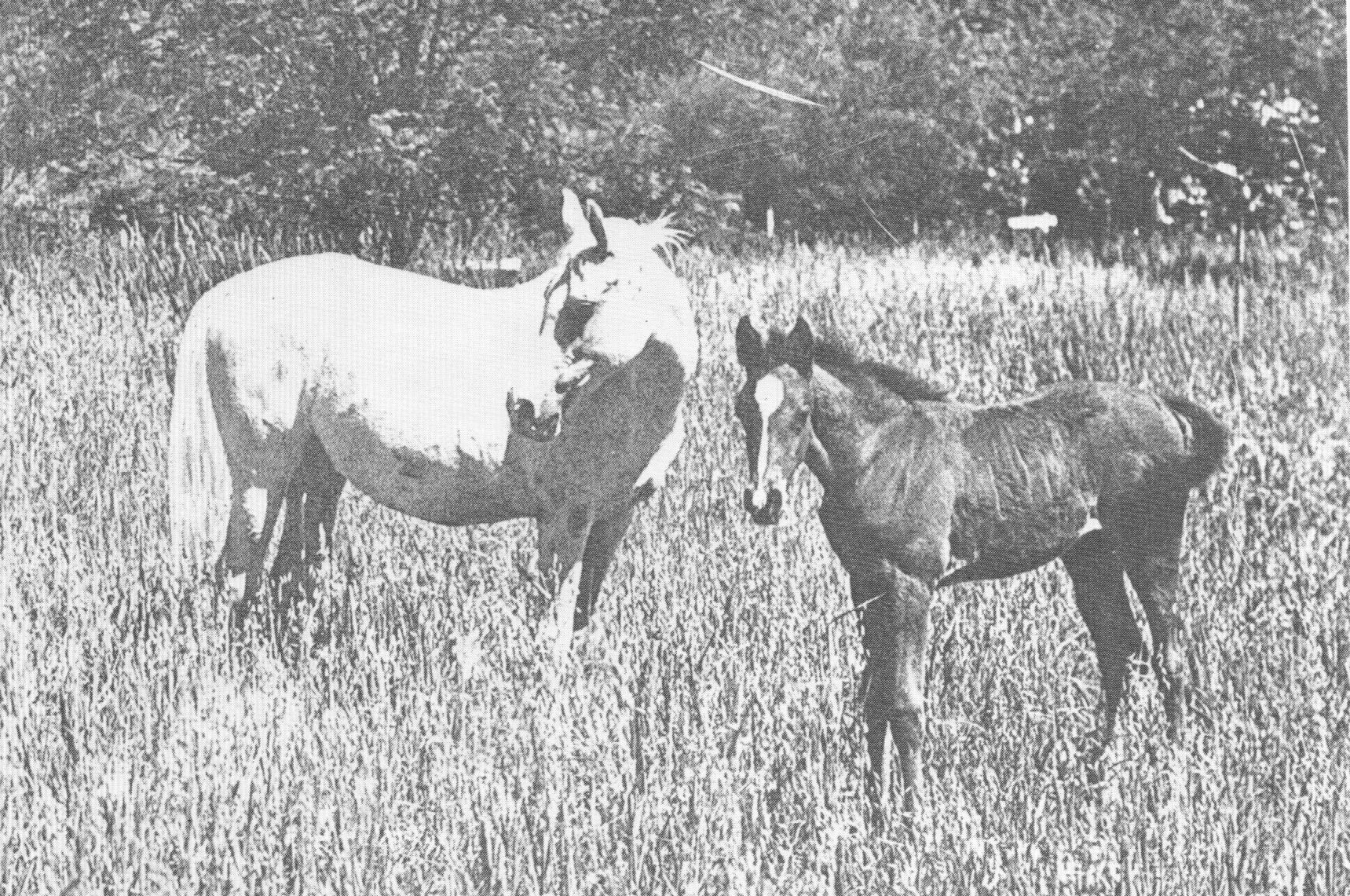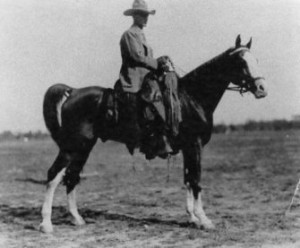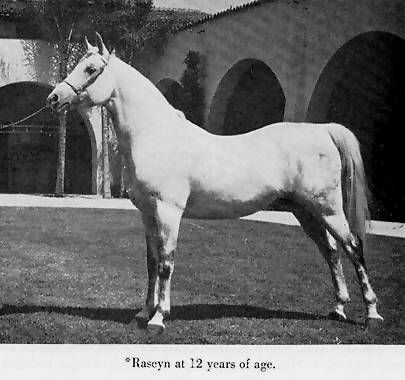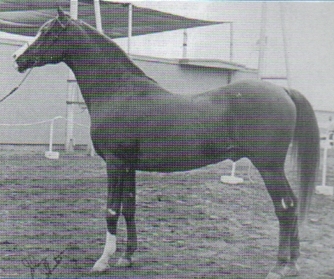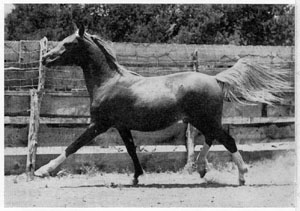W.K. Kellogg
-
Alla Amarward 1140 and H.H. Reese
-
Abu Farwa
-
Three Great Crabbet Sires: *Serafix, *Silver Vanity and *Raffles
-
Antez 448: The Versatile Arabian
-
Abu Farwa 1960, An American Great
-
The W.K. Kellogg Arabian Horse Ranch - Part 15: The 1931 Foal Crop
-
The W.K. Kellogg Arabian Horse Ranch - Part 14: 1931, *Malouma 738 and *King John 739 Are Purchased
-
The Maynesboro Stud: A Glimpse at the Past, to Preserve the Future…
-
*Raseyn 597
-
Abu Farwa: His Influence on the Breed
-
Davenport vs Blunt Arabians

